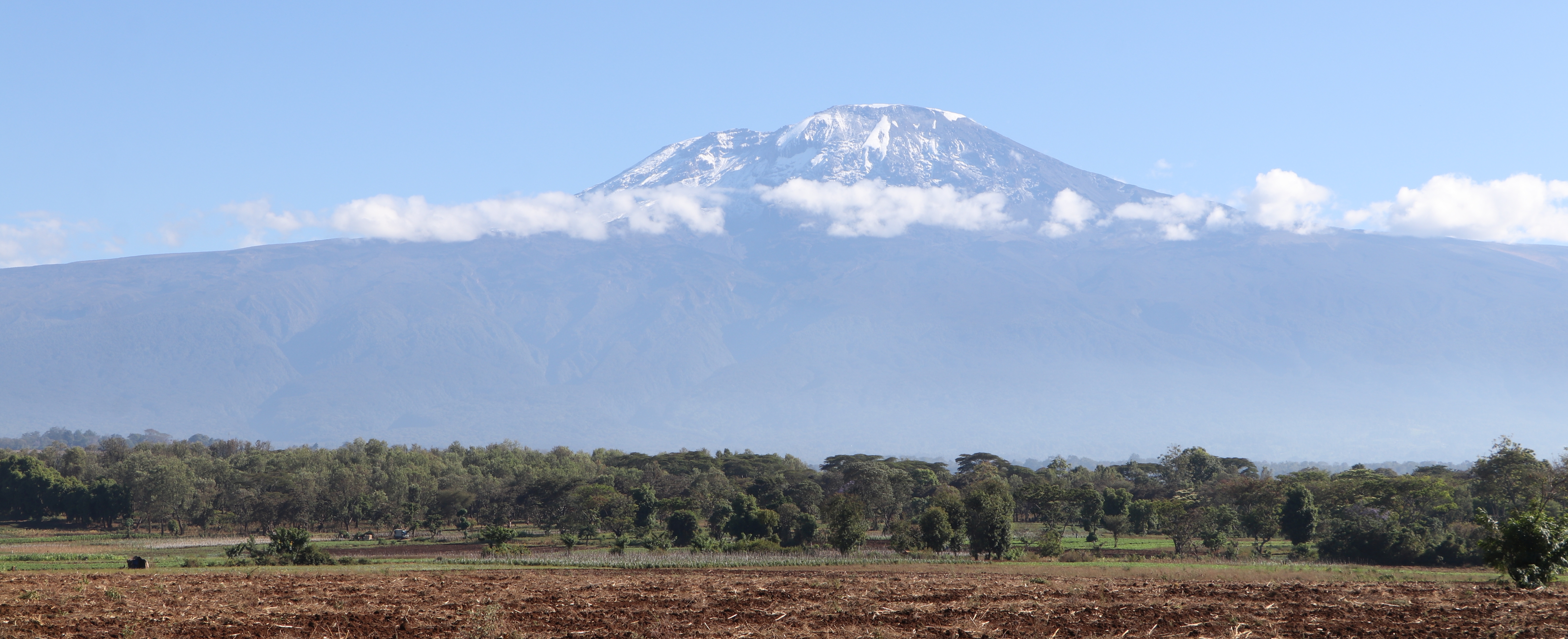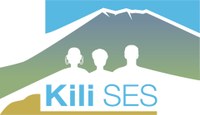Tanzania

Mount Kilimanjaro generally receives a lot more rainfall than the surrounding area. Part of the rain flows directly down the mountain as rivers and part is stored underground as groundwater, which feeds rivers and springs during the dry season. This makes Kilimanjaro an important water source for everyone on the mountain and in the lowlands, including local communities, farmers, tourists and wildlife. It also provides water for hydropower production, industry, towns and cities. Data on the availability on water resources is crucial to share this water equally among all users throughout the year. It can also be used to predict future water availability and helps to plan agricultural activities, regulate water abstraction and warn for floods and droughts.
Outside the Kilimanjaro national park, the Pangani Basin Water Board (PBWB) monitors the weather and rivers that originate on the southern slopes of Mt. Kilimanjaro and form the Pangani River. Within the national park, such monitoring infrastructure does not exist. Here, the climbers of Mt. Kilimanjaro as well as their guides could make a difference by reporting weather and water data from various stations installed in camps and along hiking trails across the mountain. HydroCrowd will work together with local tour operators, guides and porters to recruit citizen scientists before they start their hike up the mountain.
HydroCrowd will work together with local stakeholders, including the Kilimanjaro National Park management (KINAPA) and the Pangani Basin Water Board. Scientifically, HydroCrowd is linked with the large German-Tanzanian research collaboration “Kili-SES”, which investigates the role of nature for human well-being in the Kilimanjaro Socio-Ecological System (https://kili-ses.senckenberg.de/).
With the local support of Kili-SES:

